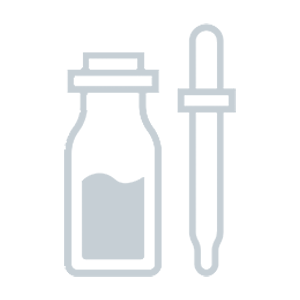Comparison between Trader Joe's Daily Facial Sunscreen Broad Spectrum SPF 40 vs. Physicians Formula Super CC+ Cream
- 18 components -
- 44 components -
Find out which product is better for your skin.
Ingredients in both products 4
Components only in Trader Joe's Daily Facial Sunscreen Broad Spectrum SPF 40 14
Uniqueness: 77.8%
Components only in Physicians Formula Super CC+ Cream 40
Uniqueness: 90.9%
Face to Face
Components position by position
1
Avobenzone
1
Titanium Dioxide
2
Homosalate
2
Zinc Oxide
3
Octisalate
3
Water
4
Octocrylene
4
Cyclopentasiloxane
5
Isododecane
5
Caprylic/Capric Triglyceride
6
Dimethicone Crosspolymer
6
Butylene Glycol
7
Polymethylsilsesquioxane
7
Dimethicone
8
Dimethicone/bis-Isobutyl PPG-20 Crosspolymer
8
Neopentyl Glycol Diheptanoate
Show others
Positive Effects
Find out what good effects the product has
Both products provide the following effects: Antioxidant, UV Protection, Moisturizing, Softening, Anti-aging, Nutrifying, Protection
Effects unique for Daily Facial Sunscreen Broad Spectrum SPF 40:
RegenerationEffects unique for Super CC+ Cream:
Cleansing, Soothing, Lightening, Antiseptic, Deodorant, Hair structure improvement, Hair gloss, Hair protection-- Show more --
ECO Metrics
Find out how eco-friendly the components are
Vegan
No
No
Cruelty free
No
No
Reef safe
Yes
Yes
Ozone layer safe
Yes
Yes
Organic score
natural
4 out of 18
22%
chemical
12 out of 18
67%
natural
10 out of 44
23%
chemical
31 out of 44
70%
Concerns
Pay attention to this information
-- Extra information --
Components by Skin Type
Find out what components are good or bad for your skin type
Dry skin
Positive: 1Negative: 0
Tocopherol#18
Oily skin
Positive: 0Negative: 0
Sensitive skin
Positive: 0Negative: 0
Dry skin
Positive: 2Negative: 0
Butylene Glycol#6Glycerin#15
Oily skin
Positive: 1Negative: 1
Zinc Oxide#2Glyceryl Stearate SE#28
Sensitive skin
Positive: 3Negative: 0
Titanium Dioxide#1Zinc Oxide#2Titanium Dioxide#44

